In today’s fast-paced and dynamic digital landscape, the importance of security in software development cannot be overstated. Azure DevSecOps, the integration of security practices into the DevOps pipeline, has emerged as a crucial approach to ensure the safety and integrity of software applications from their inception to deployment. By weaving security into every stage of the development lifecycle, Azure DevSecOps not only mitigates risks but also accelerates development, leading to more resilient and reliable applications.
Why Azure DevSecOps Matters:
- Proactive Threat Mitigation: DevSecOps emphasizes identifying security vulnerabilities early in the development process, enabling teams to address these issues before they escalate into serious threats.
- Rapid Response to Security Incidents: By automating security checks and tests, Azure DevSecOps enables swift identification and response to security incidents, reducing the potential damage caused by breaches.
- Continuous Compliance: Ensuring compliance with industry standards and regulations becomes more manageable when security practices are integrated into the development pipeline. This leads to reduced legal and financial risks.
- Enhanced Collaboration: DevSecOps fosters collaboration between development, security, and operations teams, breaking down silos and promoting a shared responsibility for security.
- Improved Customer Trust: Building secure applications enhances customer trust, resulting in greater user satisfaction and loyalty.
Best Practices for Azure DevSecOps Pipelines:
1 – Automated Security Testing :
- Mitigation: Integrate SAST tools into your pipeline to analyze source code for potential vulnerabilities. Use tools like SonarQube ,Snyk or Checkmarx to identify security issues early in the development process.


2 – Infrastructure as Code Security
- Mitigation: Use tools like Azure Policy or Terraform Sentinel to enforce security controls in IaC templates. Regularly scan templates for security misconfigurations using tools like Checkov, TFSec or Terrascan.

3 – Shift Left Approach
- Mitigation: Conduct threat modeling sessions during the design phase to identify potential attack vectors. Provide developers with secure coding guidelines and perform regular security-focused code reviews.
4 – Container Security
- Mitigation: Integrate container vulnerability scanning tools like Clair or Trivy into your CI/CD pipeline to identify vulnerabilities in container images. Implement Kubernetes network policies to restrict communication between containers.
5-Continuous Monitoring and Auditing
- Mitigation: Implement centralized logging and monitoring solutions like Azure Monitor or Prometheus. Set up alerts for suspicious activities and establish incident response procedures.
Azure Monitor
Azure Monitor
6 – Secrets Management:
- Mitigation: Use Azure Key Vault or HashiCorp Vault to securely store secrets. Integrate your application with these solutions to fetch secrets during runtime, reducing the exposure of sensitive information.
azure key VaultAzure Key vault
7-Security Training and Awareness
- Mitigation: Provide regular security training sessions for developers and operations personnel. Use interactive workshops and real-world scenarios to increase awareness of security threats and best practices.
8-Immutable Infrastructure:
- Mitigation: Adopt a container orchestration platform like Kubernetes. Build and deploy containerized applications using declarative configurations to ensure consistency and prevent unauthorized changes.
9 – Pipeline Security:
- Mitigation: Implement access controls and multi-factor authentication (MFA) for accessing your DevSecOps pipeline. Regularly update pipeline tools, plugins, and libraries to address security vulnerabilities.

Azure AD Multi-Factor Authentication
By incorporating these mitigation strategies into your Azure DevSecOps practices, you can enhance the security posture of your applications, minimize risks, and contribute to a more resilient and trustworthy software development process.
In conclusion, Azure DevSecOps is not just a trend but a necessity for modern software development. By embedding security into the DevOps process, organizations can create a culture of continuous improvement and vigilance against evolving security threats. Following best practices, from automated testing to ongoing monitoring, ensures that your applications are resilient, compliant, and worthy of user trust in an increasingly connected world.
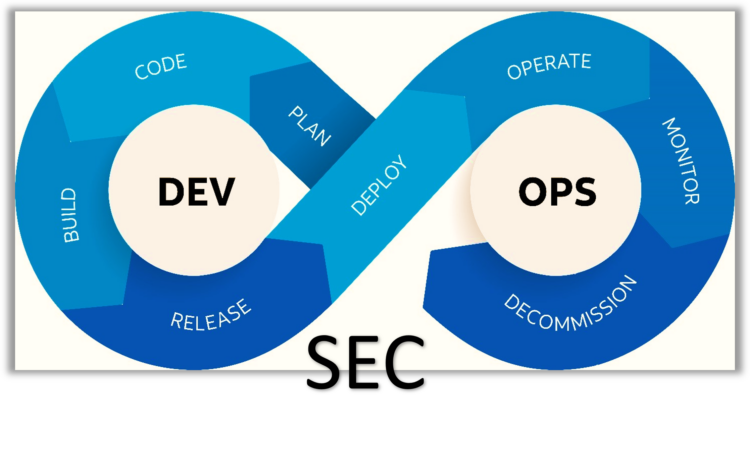

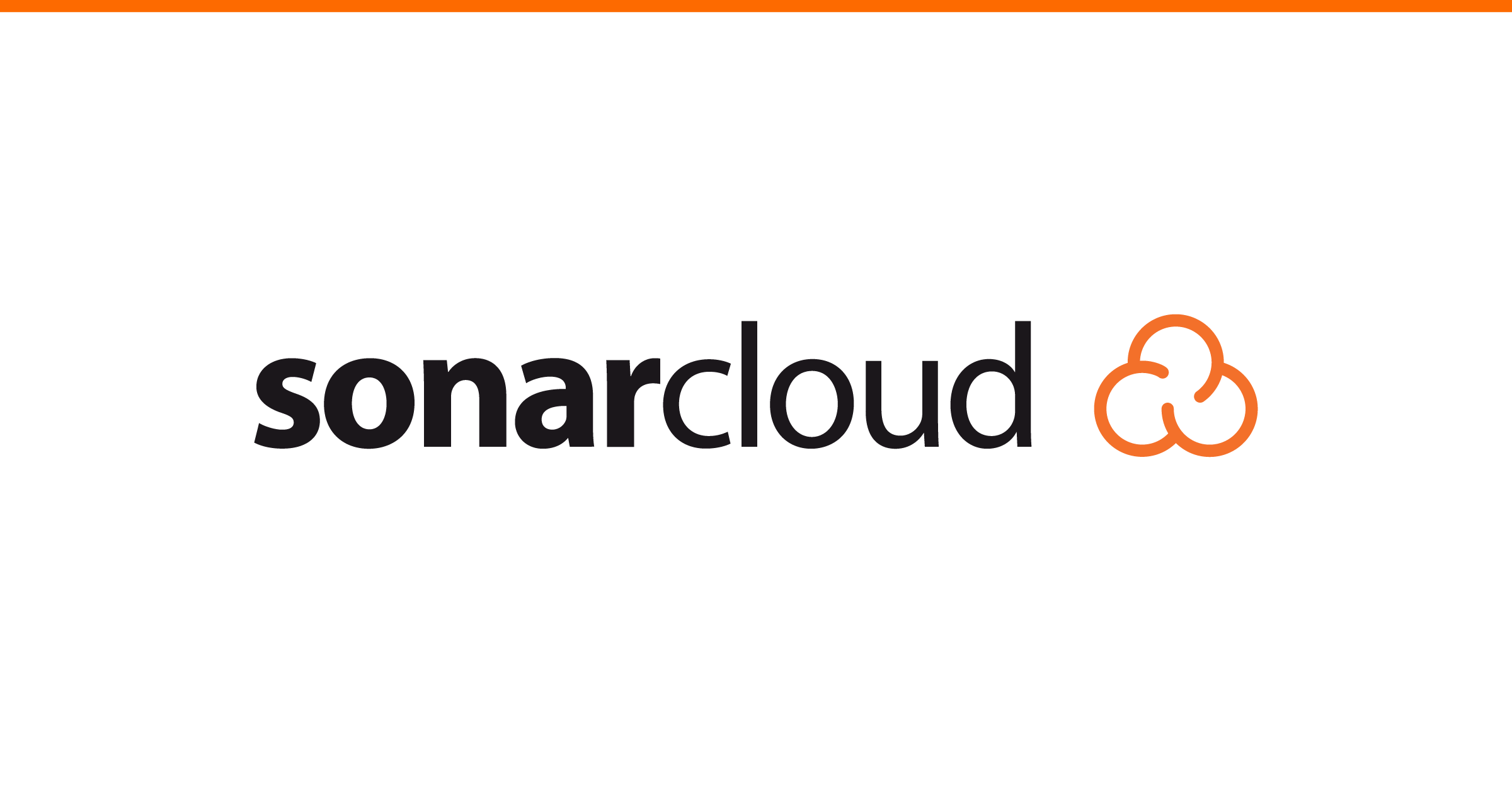



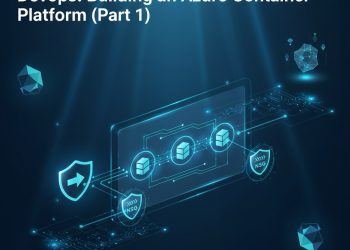




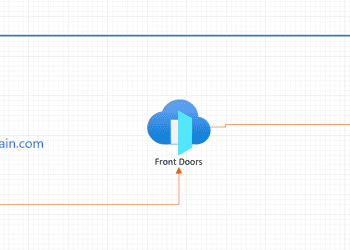

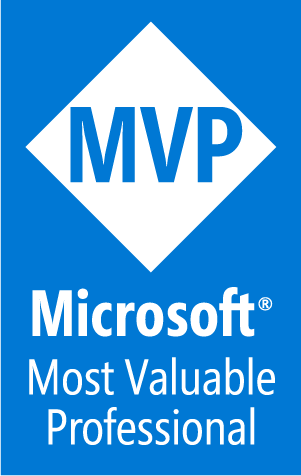














Comments 1